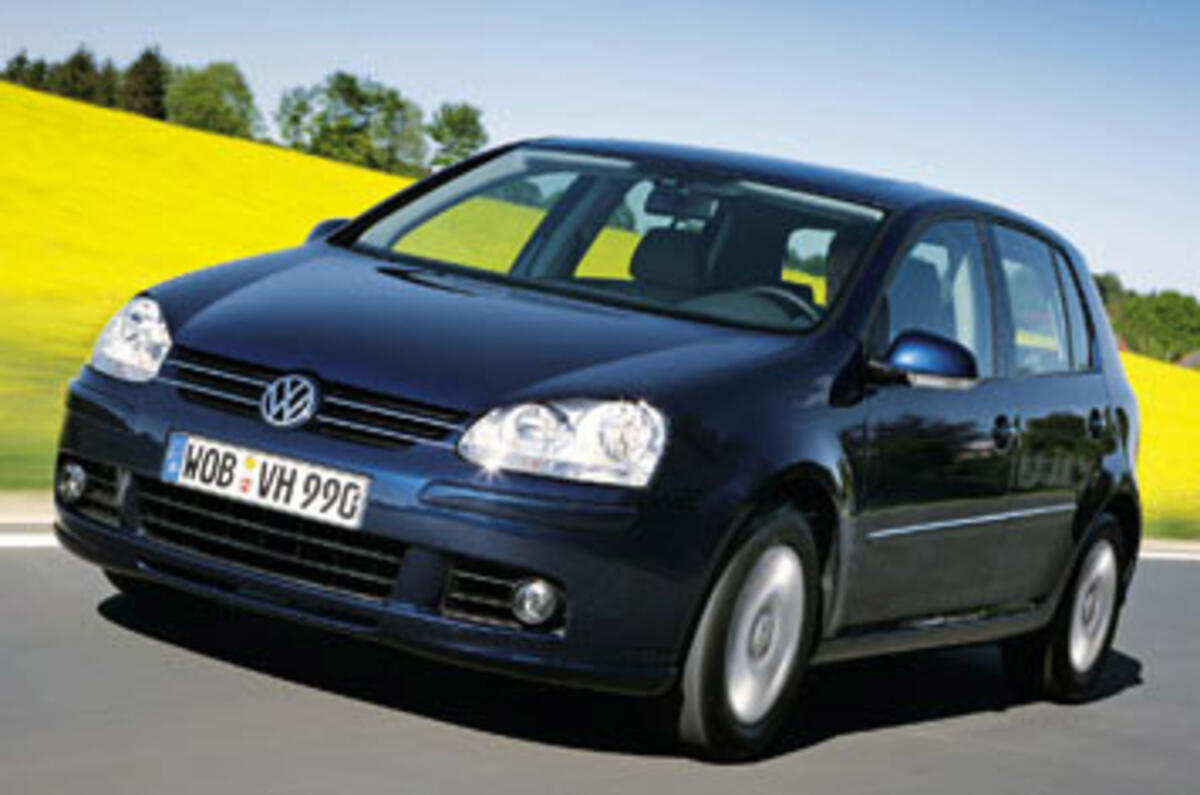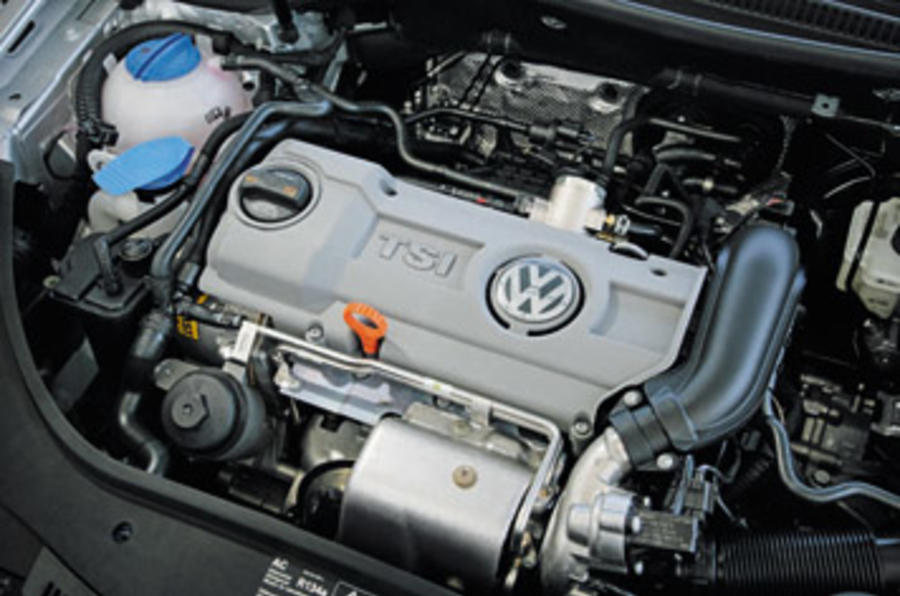What is it?
The latest Golf TSI, part of Europe’s hatchback ranks, which are undergoing a transformation at the moment, led to a large extent by VW’s efforts at downsizing.
It’s not the cars themselves that are getting smaller, but their petrol engines, and with them we’re seeing improved economy and reduced emissions.
Volkswagen's excellent turbocharged and supercharged Twincharger unit set the ball rolling a year or so ago, offering the sort of power you would expect from a typical 2.0-litre powerplant in an engine of just 1.4 litres.
Now VW is at it again with yet another new engine conceived to fight well above its weight. Based around the Twincharger unit, the new 1.4-litre TSI unit will replace VW’s 1.6-litre FSI in both Golf and Passat before the end of the year.
Unlike the Twincharger, the new TSI relies solely on a small but highly efficient turbo to plump out its power and torque curves, doing away with the supercharger completely. The result? An impressive 120bhp between 5000rpm and 6400rpm.
The real story, however, is torque. With 148lb ft on offer from 1500rpm all the way through to 3500rpm, the new turbocharged 1.4-litre engine offers 30 per cent more in total than the old naturally aspirated 1.6; at 1500rpm it’s a whopping 66 per cent.
Given such figures, it’s no surprise that the new engine propels the Golf with gusto, providing a low-end pull that remains muscular all the way through to the 6500rpm cut-out.
Should I buy one?
Yes, if you want a frugal Golf. Compared with the outgoing 1.6, the 0-62mph time drops by 1.4sec to 9.4sec. On top of this, combined fuel consumption is improved by 3mpg to 44.8mpg and CO2 levels are down by 10g/km to just 149g/km. Another case of less is definitely more.







Join the debate
Add your comment
apps
I like the post which you shared here and thanks for sharing this to us. Get the details of Cisco packet tracer here.
Game
We are looking for the texttwist.online great game thanks every one.